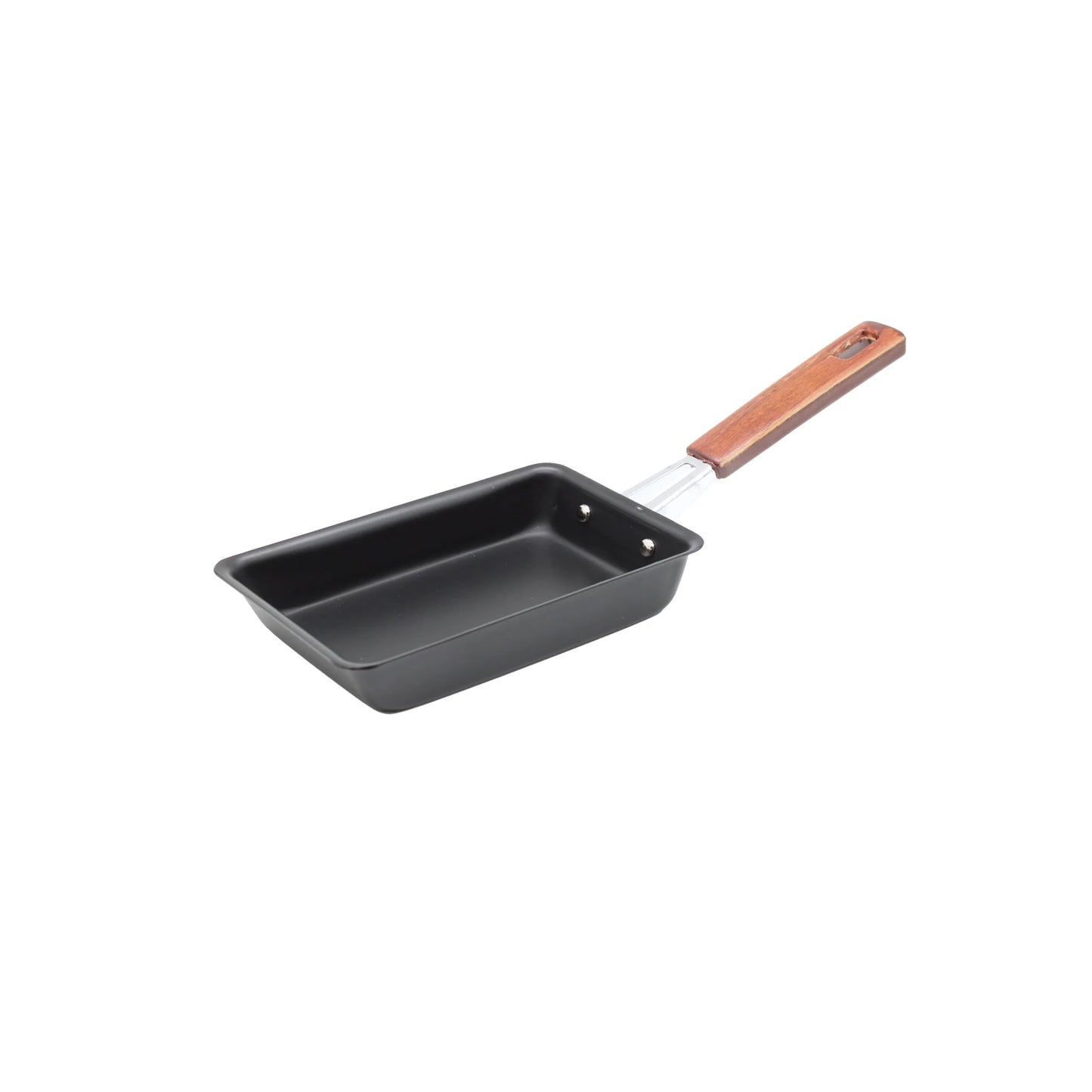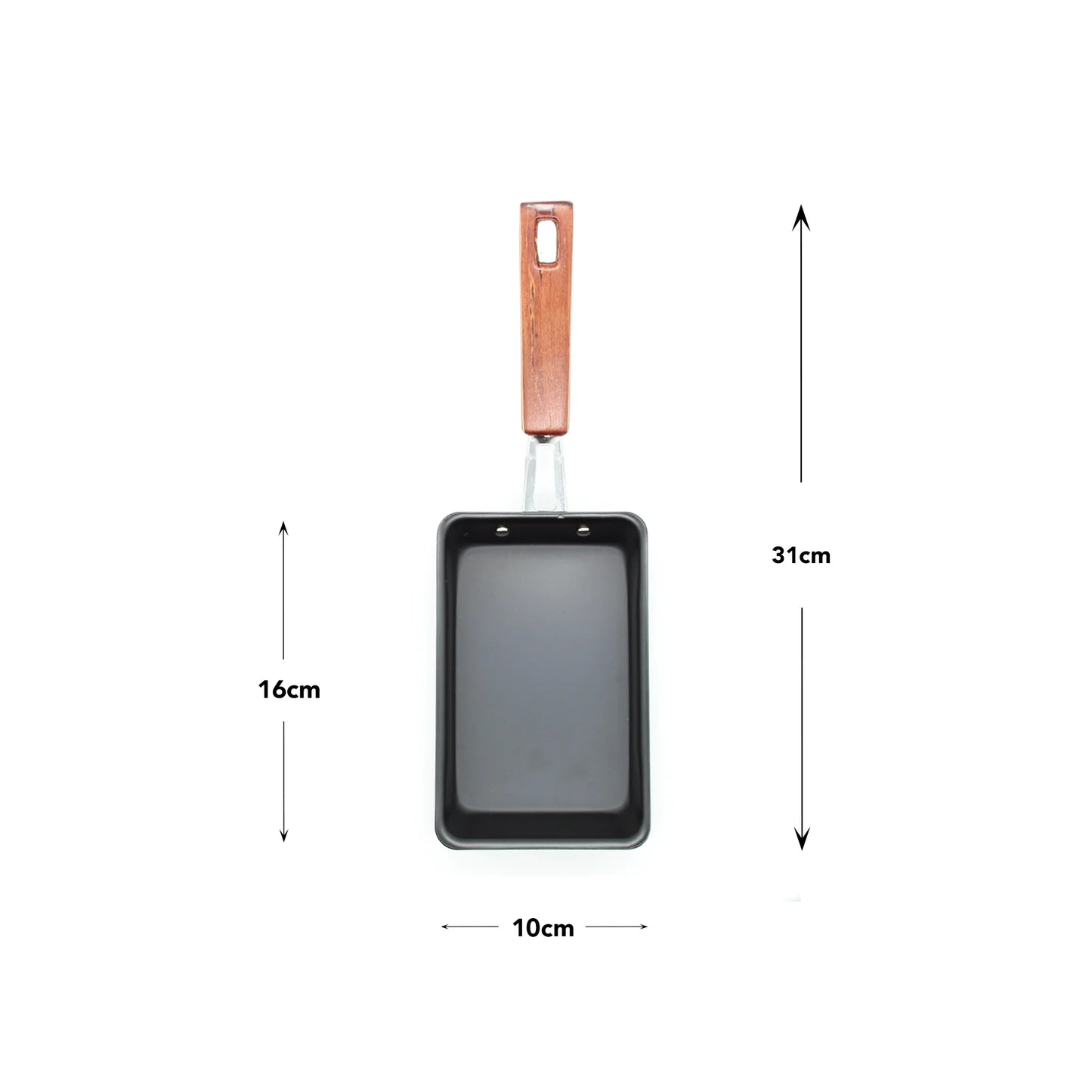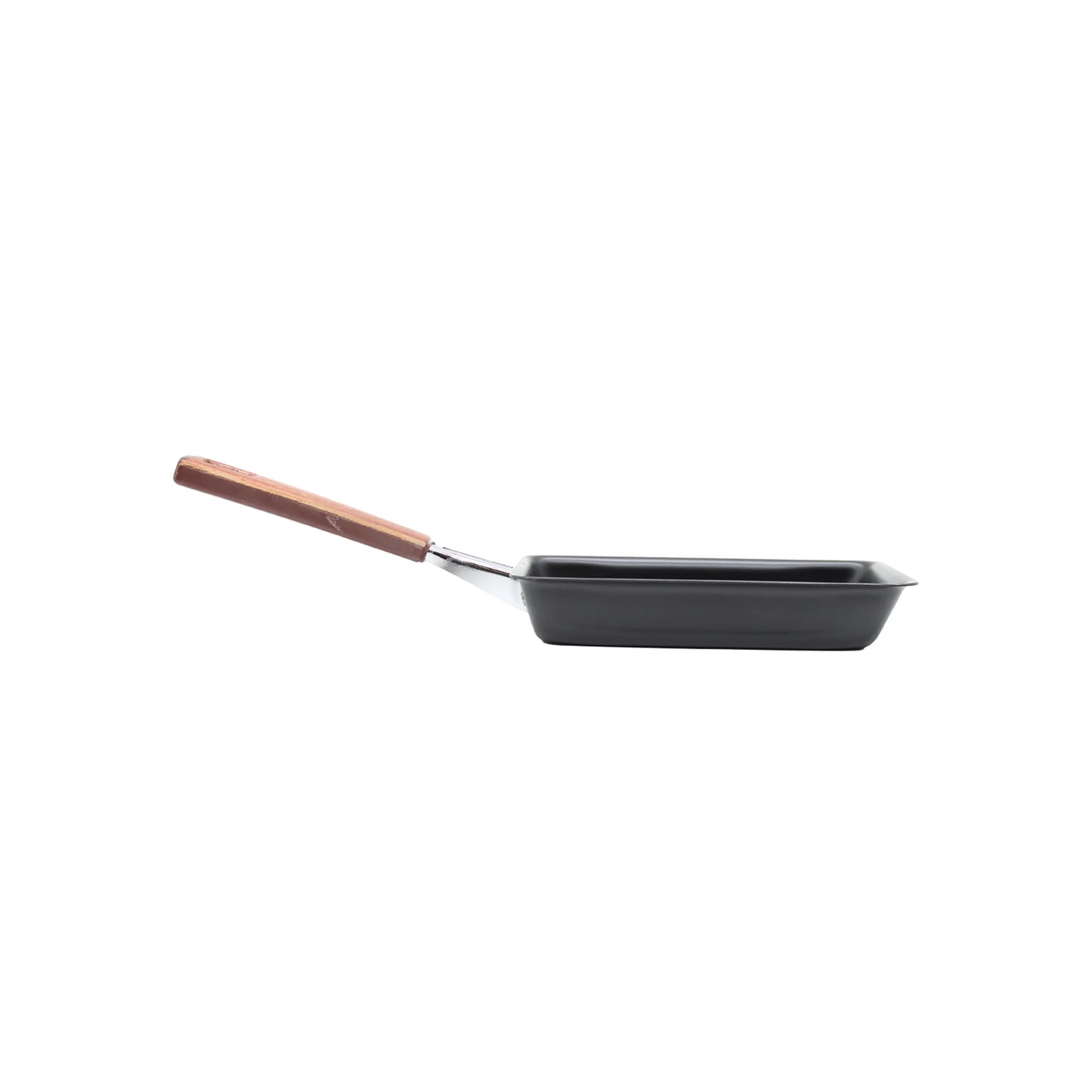This store requires javascript to be enabled for some features to work correctly.
This store requires javascript to be enabled for some features to work correctly.
Sign up to our newsletter and we'll enter you into our monthly draw to win £100 of vouchers to spend in our online shop.
Please note: you must be a new subscriber to enter & subscribed at time of draw so we can notify you.
Full T&C's here.


